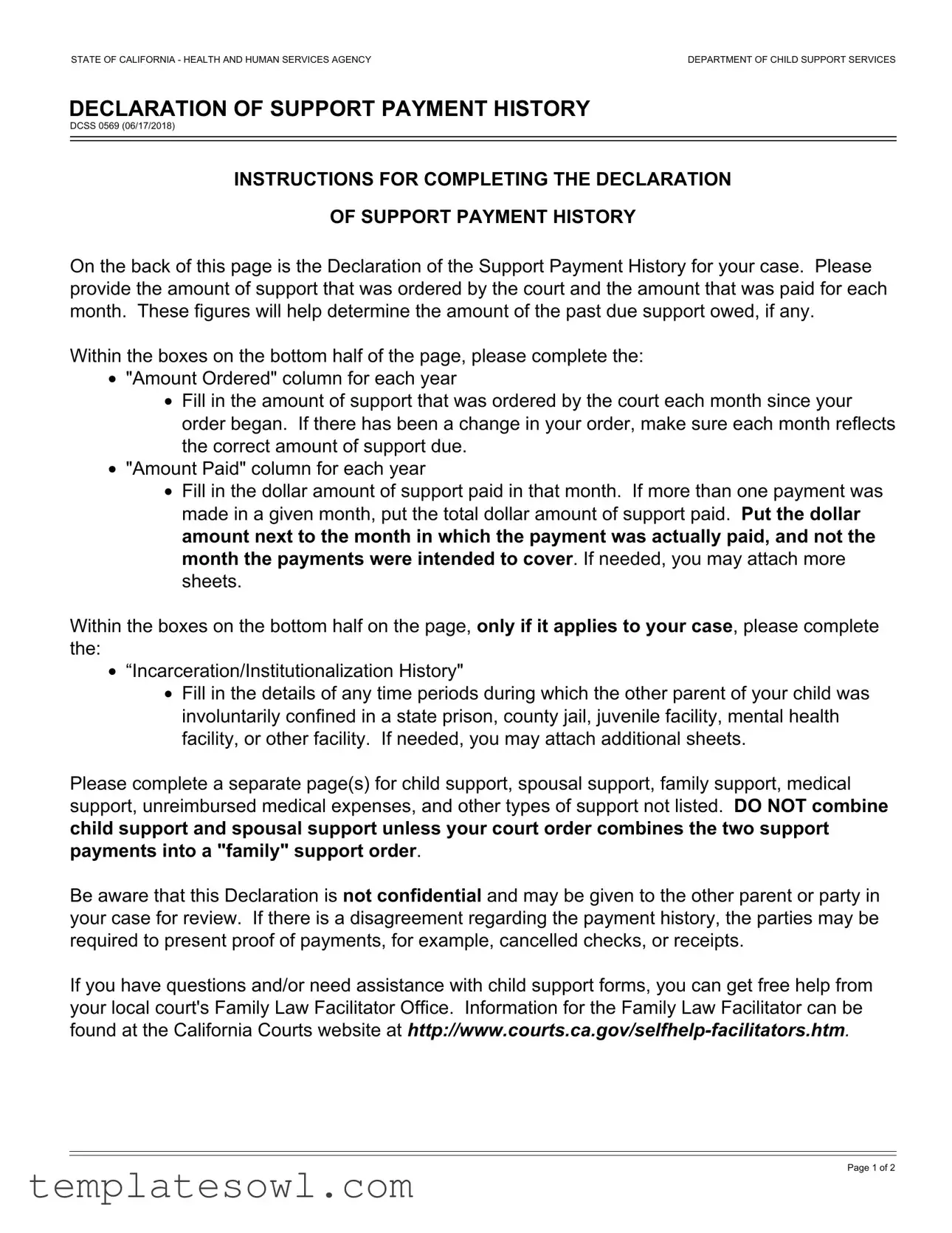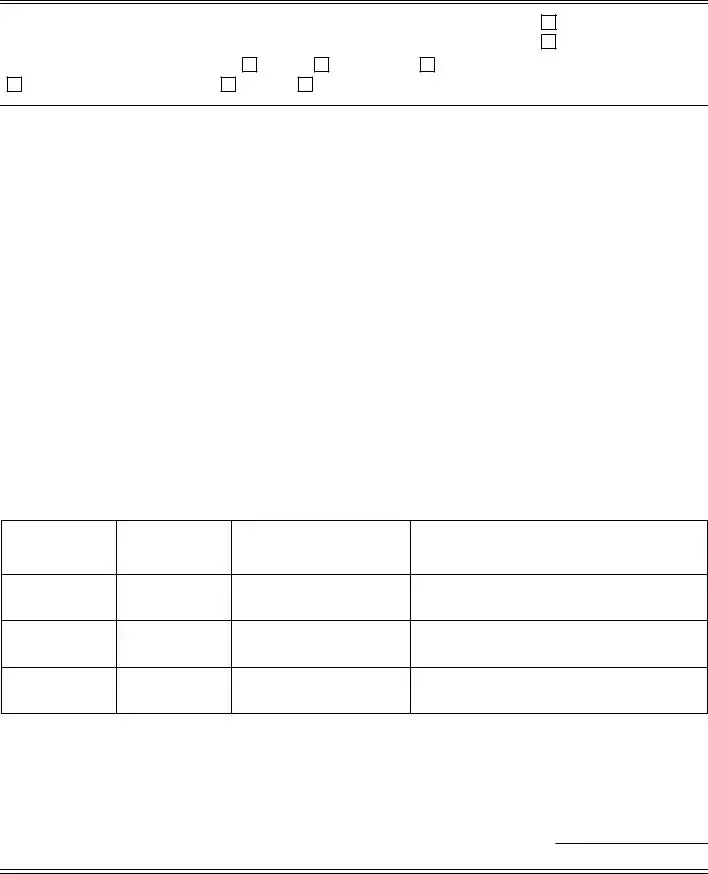What is the purpose of the Double Elimination 20 form?
The Double Elimination 20 form is used to declare the support payment history in child support cases. It helps to document how much support was ordered by the court and how much has been paid, which is essential in determining any past due support that may be owed.
How do I fill out the 'Amount Ordered' column?
In the 'Amount Ordered' column, enter the total amount of support that the court ordered you to pay each month. Make sure to update this if there have been changes to the support amount since your original order.
What should I include in the 'Amount Paid' column?
In the 'Amount Paid' column, record any payments made for each month. If you made multiple payments in a month, total them and write that amount next to the month in which the payment was actually made, not the month for which it was intended.
Can I attach more sheets if needed?
Yes, you may attach additional sheets if you need more space to detail the payment history. Ensure that any attached sheets are clearly labeled and include the relevant information for your case.
What if the other parent was incarcerated?
If the other parent was incarcerated, you should complete the 'Incarceration/Institutionalization History' section. Provide the beginning and release dates, the name and location of the facility, and any relevant details like offenses or convictions.
Is the information in this form confidential?
No, the Declaration of Support Payment History is not confidential. It can be shared with the other parent or parties involved in the case for their review.
What should I do if there is a disagreement regarding payment history?
If there is a disagreement about the payment history, both parties may be required to present proof of payments, which can include canceled checks or receipts.
Where can I get assistance with filling out this form?
You can get free help from your local court's Family Law Facilitator Office. More information is available at the California Courts website.
What types of support payments should I report?
Report child support, spousal support, family support, unreimbursed medical expenses, and any other types of support listed. Do not combine different types of support unless your court order specifies that they are combined.
What is required for the declaration to be valid?
The declaration must be signed and dated. It is important to declare under penalty of perjury that the information provided is true and correct, as this may be subject to verification.


